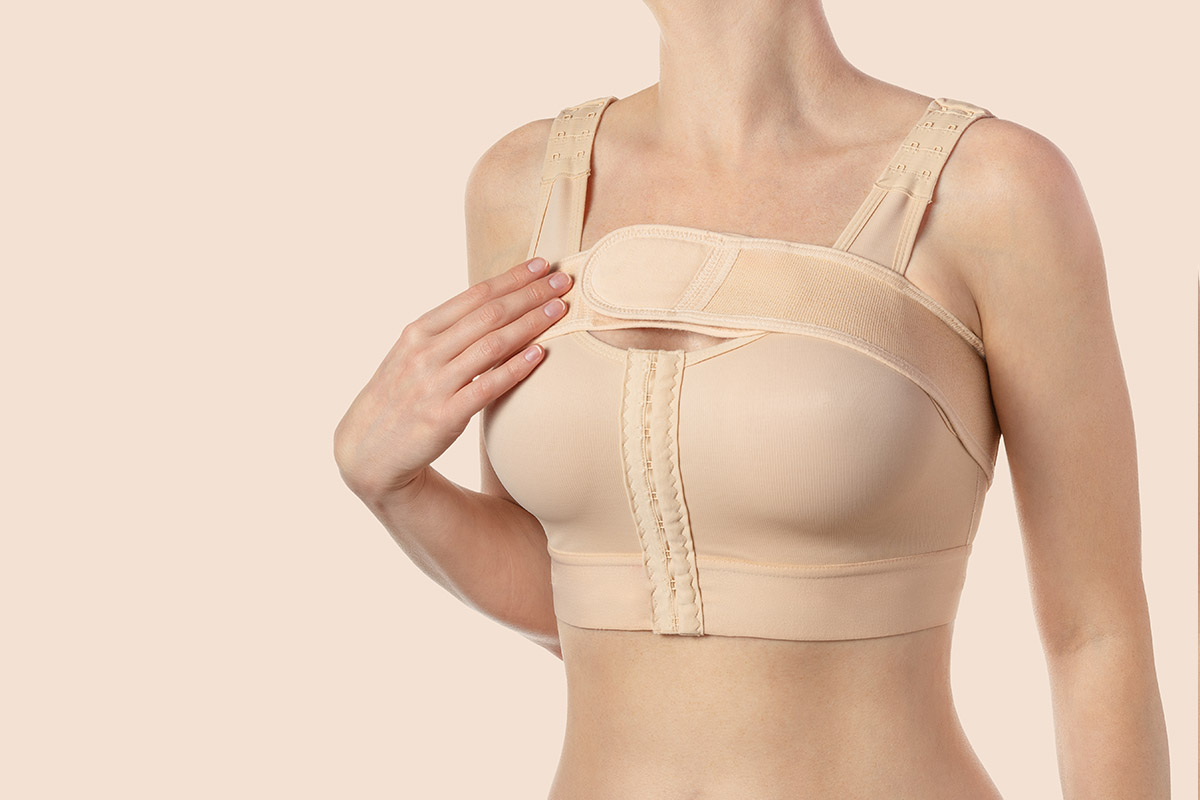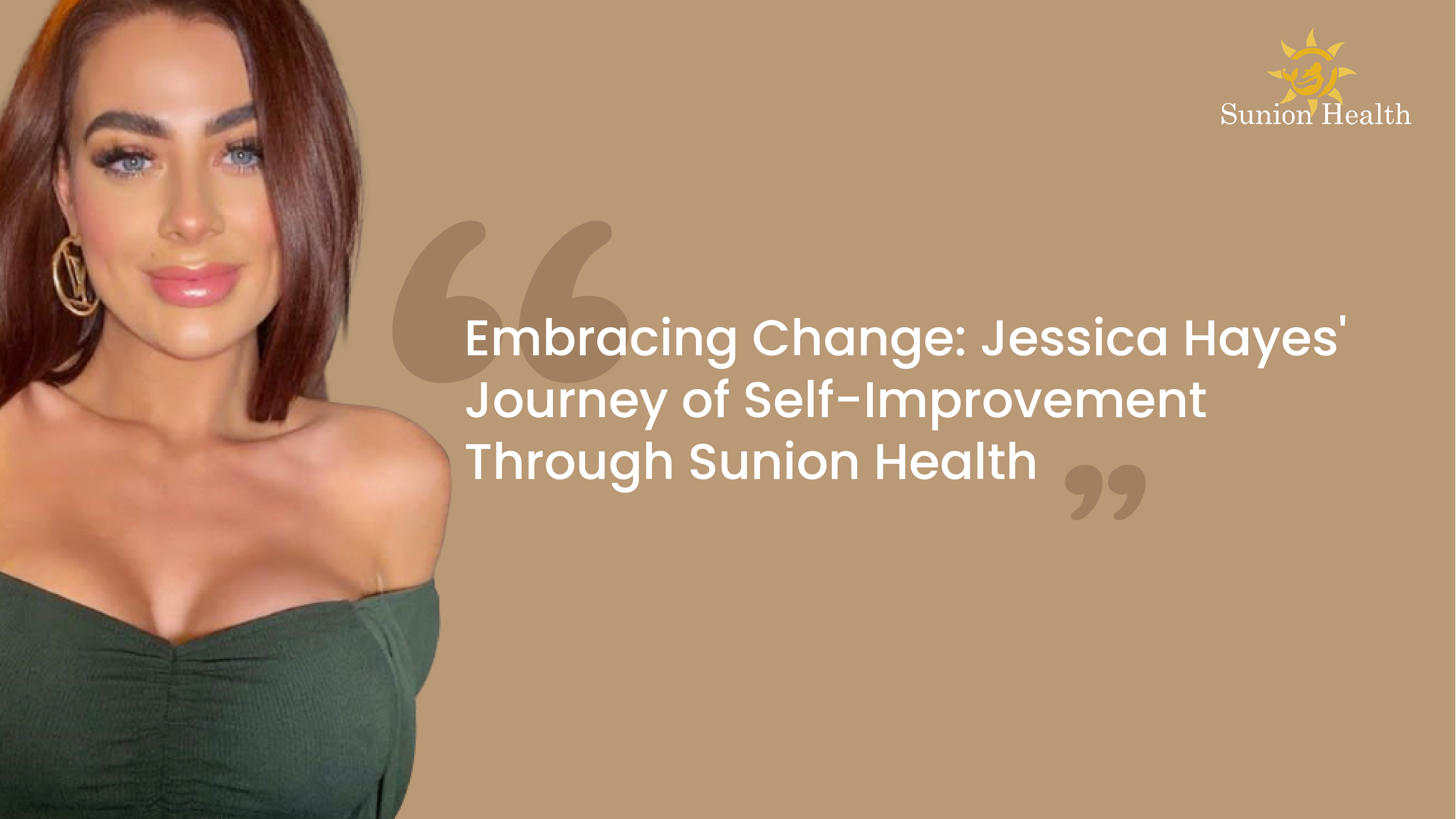
Like them or hate them, your breasts are with you forever. Except that’s no longer the case.
Just a mere two years ago, the British Association of Aesthetic Plastic Surgeons (BAAPS) announced a 102% rise in cosmetic procedures, with a total of 31,057 procedures performed. Breast surgeries were particularly popular, with breast augmentation procedures increasing by 67% and breast reductions by 122% compared to the previous year.
While many attribute this to post-pandemic demand, there is no doubt that breast surgery has become a more acceptable option for many women. Increased awareness about breast surgery procedures, social influencers and advancements in techniques, are all resulting in women seeking cosmetic surgery to have the body they want.
So whether you’re just exploring your options, or looking to get a deeper understanding of what these surgeries involve, this guide aims to be your ultimate resource for everything related to breast surgeries.
Desire to Decision: Your Ideal Breast Surgery
First up, let’s establish one crucial fact – ‘breast surgery’ is a very broad category, encompassing various procedures aimed at altering the size, shape or appearance of the breasts. Being well-informed about your options and understanding how each alternative aligns to your goals can make all the difference.
For instance, many use the terms ‘breast uplift’ and ‘breast augmentation’ interchangeably. But the results and outcomes each of these procedures offer are very different.
Cosmetic Breast Procedures
Cosmetic breast procedures are done to help you achieve the aesthetic results you are looking for. Breast surgeries like uplifts, breast augmentation and breast reduction procedures that focus on changing the size and shape of your breasts, are all cosmetic or aesthetic surgeries, aligned to get you closer to your body goals.
Here are some of the top cosmetic breast procedures:
Going Bigger with Breast Augmentation Surgery
Augmentation mammoplasty, more commonly known as breast augmentation, is what most people think of when they think about breast surgery. And with good reason – breast augmentation is one of the most common cosmetic procedures performed in the world, second only to liposuction.
Breast augmentation helps increase the size, shape, and fullness by placing implants in the breasts through an incision in the breast crease or armpit. Breast implants are usually of two types – saline or silicone.
Silicone implants, a relatively newer technology, are pre-filled with silicone gel, which gives the implants a more natural look and feel.
Breast Reduction Surgery: Downsizing to Comfort
Anyone with disproportionately large breasts would know the physical discomforts that come with it – the back pain, neck pain, and skin irritation. This can take a toll on your health, fitness and confidence, regardless of the inner support or clothes you wear.
A reduction mammoplasty or a breast reduction, is a surgical procedure that removes breast fat, skin, and tissue to bring down the size of the breasts.
The procedure involves making an incision around the areola and down to the breast crease, through which skin, tissue, and fat are removed. The area is then reshaped, and the nipples are repositioned to create a more natural look.
The extent to which you can size down depends on individual factors – your surgeon will tell you what’s medically viable.
The Breast Lift: Elevating More Than Your Confidence
Mastopexy, or breast lift, is a procedure that addresses breast sagging, loss of skin elasticity and change in shape. This is achieved by raising or lifting the breasts, and tightening the skin in order to bring the bust back to a pre-pregnancy or chest symmetric position.
The procedure starts with making incisions around the areola and extending down to the breast crease to remove excess skin and reshape the breast tissue to give it a natural, uplifted contour.
In order to qualify for this surgery, women should be able to maintain a steady weight and have no major health issues. It is important to note that this procedure repositions your breasts – but does not change their size. If you are looking for perkier breasts that are also larger, you may need to opt for a breast uplift with implants.
Reconstructive Breast Procedures
As the name suggests, reconstructive breast surgery is done to restore the appearance of the breasts. Those who have had a mastectomy (removal of breast tissue due to cancer or other diseases) or experienced breast trauma usually undergo this procedure to bring back the natural bust shape.
Mastectomy: Ensuring Health and Safety
Mastectomy is a medical procedure that refers to the process of removing one or both breasts – usually to prevent or treat breast cancer. Undergoing a mastectomy is a medical decision, and while it is often life saving, the physical changes and the emotional impact are profound.
Reconstruction surgery is usually recommended immediately following a mastectomy. This approach not only aids in better healing but also minimises the number of surgeries and recovery periods required.
But since this is a medical procedure, consulting with your oncologist at every step is the way to go. In the UK, NHS funds post-mastectomy reconstruction – and almost 200 complex breast reconstructions are performed at the NHS every year.
Types of Reconstructive Procedures:
Implant-based reconstruction: An implant is used to reconstruct the breasts. This can either be done directly after a mastectomy – or in a two-stage process where the tissue is first expanded and later a permanent implant is placed.
Autologous or flap reconstruction: This is where a surgeon uses tissues from different parts of your body, to reconstruct the breast. There are multiple varieties of procedures under this – depending on where the tissues are taken from. The result is a breast that feels more natural – but involves a surgery on the other part of your body too, so you’d have to care for wound and scarring on two sites.
Combining procedures: This technique is a combination of the two methods above. It uses a mix of both implants and tissues to create a more natural-looking breast.
Breast Revision Surgery: One Size Doesn’t Always Fit All
Breast revision surgery is a corrective procedure performed to improve or undo the results of a previous breast surgery. This may include removing old implants, sizing up or down on implants, changing placement, or even changing the type and shape of the implants. The goal of this procedure is to improve satisfaction and comfort for the patient.
Most women opt for revision surgery or a breast reaugmentation surgery when they are unhappy with the results of a previous breast surgery – such as bad implant placement, rupture, or deflation. Capsular contracture is another potential reason why revision surgery is done – this is when the scar tissue that forms under the implant causes distortion and possible pain. Sometimes, you may also opt for a revision if you change your mind or aesthetic preferences.
The procedure usually varies from case to case, depending on what is being done. It typically involves an initial consultation with a surgeon and a surgery outline to tell you how the procedure is going to be performed.
The risks are similar to those of other breast surgeries, but in some cases, revision may require more than one procedure to achieve the outcome you want.
Breast Surgery Countdown: Timeline to Double D Day
Preparing for your procedure is a key step as it greatly reduces the time to healing, and helps ensure you get the best results.
Here’s what you can expect in the days leading up to your procedure:
4 weeks before the operation: You will have pre-op discussions with our expert medical team, wherein they will record your medical history and other health information. You will be asked detailed questions and may be requested to get health checkups and medical tests done. If you are required to submit a letter from your GP, make sure you obtain that at this stage and send it in.
4 weeks before the surgery: Stop smoking, consuming alcohol, or taking any medication, such as aspirin and vitamin E tablets. If you take any other medication, please consult your doctor or patient advisor and ask for their advice.
5 days before the surgery: Arrange for a minimum of 10 days leave from your work after the surgery. Prepare your home so you have a restful environment to come back to. Be sure your fridge is well stocked, and other necessities are available or can be delivered home.
1 day before the surgery: You will be closely monitored for any health complications such as fever or cold. You will need to ensure a minimum amount of sleep time and may be asked to stop eating solid foods 6 hours ahead of time. You may be permitted to drink water up to 2 hours before the surgery. You may also be asked to continue or discontinue some of the medications.
Breast Surgery Recovery & Healing
The recovery phase after any breast surgery is one of the most crucial stages of the procedure, as it determines the eventual outcome in the long term. Treat your body carefully and ensure proper care, especially during the initial recovery period.
Different forms of breast surgery involve specific recovery patterns, so varying types of habits and aftercare may be needed to ensure optimum results. Here are a few things to keep in mind for each procedure:
Breast Augmentation:
- The average recovery period is usually 4 to 6 weeks.
- Depending on implant size, type and placement, recovery time may vary.
- Take at least 10 days off from work to rest and heal.
- Pain medicine and antibiotics are usually prescribed.
Breast Reduction
- Short-term recovery lasts about 4 weeks but refrain from strenuous activities for 6 weeks after the surgery.
- Take the prescribed medication to manage pain. Antibiotics may be required too; if so, the medical team will inform you.
- You may be discharged with a couple of drains in place, which are small tubes to remove extra fluid from the surgery site while it heals. Please follow all care protocols around these, as instructed.
Breast Lift
- Pain, soreness, and redness around the incisions are normal, but consult your surgeon if they persist beyond the usual timeframe.
- Numbness in your nipples, areolae, and breast skin might last about 6 weeks. Occasionally, it may take months for the sensation to return.
- Analgesics and antibiotics may be prescribed.
Reconstructive Breast Surgery
- You may feel sore for 1 to 2 weeks or longer, depending upon the type of procedure and the amount of bruising due to the surgery.
- You may be discharged with a couple of drains in place, which are small tubes to remove extra fluid from the surgery site while it heals. Please follow all care protocols around these, as instructed.
Mastectomy
- Due to limited scope of movement after surgery, ensure that you prepare your house and supplies ahead of time.
- Prevent stiffness in your arms and shoulders by practising the mobility exercises as directed by your medical team.
Breast Revision Surgery
- Numbness or tingling may be present around the incision site but will decrease over time. Go in for a follow-up consultation if these sensations don’t go away.
- Watch out for signs of capsular contracture, as instructed by your surgeon.
Maintaining Breast Health After Surgery
While short-term recovery lasts a few weeks, it may take at least a few months for your body to fully heal and for the results to become apparent. Ensure the best care for the area of surgery and your body in general during this time.
Attend all post-operative appointments with your doctors as scheduled. Keep track of your healing patterns to determine your progress and understand how much daily activity you can take up.
After you’ve fully settled following your breast surgery, you will no longer need routine appointments. However, you may be asked to examine your breasts every month to look for lumps or changes. If you’ve had implants put in, don’t forget to keep your implant records in a safe place for future reference.
How to Select the Best Breast Surgeon
Suffice it to say, you should pick a surgeon based on qualifications and experience rather than simply on price. A deal that seems too good to be true often comes at the expense of quality care. In the long run, it’s simply not worth it!
Given that breast surgery is a very individualised experience, how do you go about picking the surgeon who’s perfect for you? Keep these things in mind:
Qualifications: Your surgeon should be medically qualified and licensed to conduct cosmetic surgeries in the location they are practising in. Surgeons trained in the UK and practising in the UK are properly regulated by the GMC and offer you a safety net that fly-by-night operators and surgery vacations cannot offer.
Experience and specialisation: They should have relevant experience in the specific procedure that you are opting for.
Patience: A good surgeon doesn’t just restrict themselves to the technical aspects of the procedure – they take the time to listen to your preferences, chart out the best course of action for the procedure, and make you feel heard and comfortable.
Cost, Considerations, and the C-Cup
Breast surgery is never a one-size-fits-all procedure and there are several factors that affect the cost. The first factor is determined by the specifics of your requirements. For example, if you are getting implants, the price tag will vary depending on the size, brand, and type of implants. Likewise, there will be similar variations that can impact the cost of breast surgery.
The complexity of the procedure also determines the cost. For instance, breast reduction is a highly specialised procedure. And the amount of reduction needed can require a more skilled surgeon to achieve the necessary results. Other complexities could also arise from your overall health parameters, any prior cosmetic procedures you’ve had and more.
The location and the type of facility where you get your procedure done is a major determinant of the average cost of your surgery too. It is always better to opt for a reputed facility that prioritises safety and sanitation over one that may be slightly cheaper, but may expose you to health hazards. The availability of Health Service in the area will be an additional safety net for you. In the UK, CQC-regulated centres are frequently inspected to ensure they provide the desired safety and care for the patients.
Breast Surgery: Moving Forward with Confidence
In the UK, more women are choosing to take control over their body and confidence through cosmetic breast surgery. If you’ve read till here, then you are part of a growing tribe of women who seek research and informed decision-making.
Understanding your options and their implications is crucial for a successful surgery. Find out if you qualify for the breast surgery you are seeking, by talking to one of our surgeons today.









